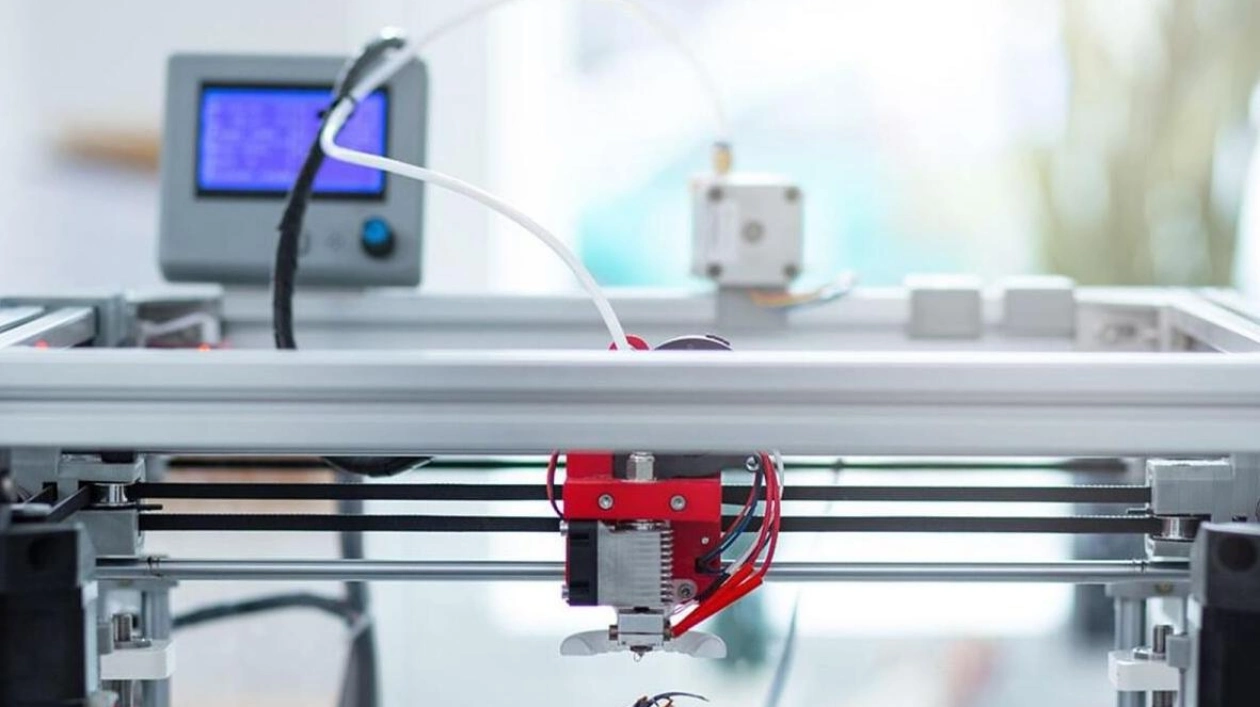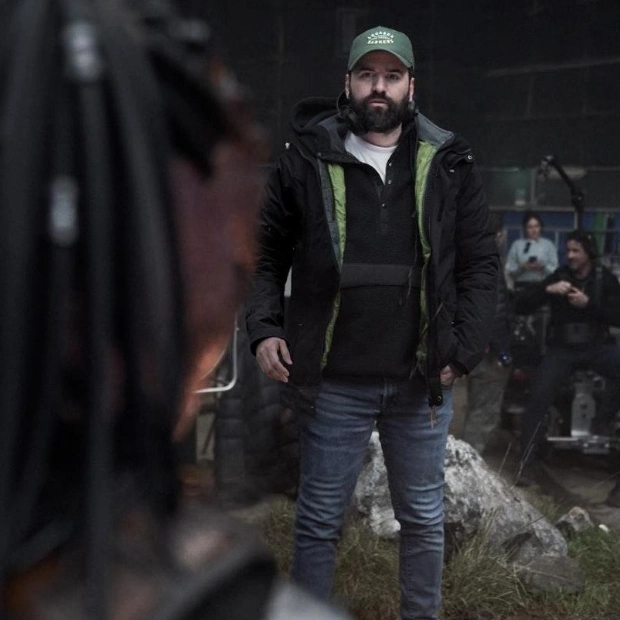Cleveland Clinic Abu Dhabi, in partnership with NYU Abu Dhabi, utilized advanced three-dimensional (3D) printing technology to create a 3D model of a heart and devise a complex surgical plan for a 41-year-old patient with a rare cardiovascular condition. The technology, developed by NYU Abu Dhabi's Core Technology Platform, is applicable across various medical fields including cardiovascular and neurological cases.
When Mian Mohamed Shabbie arrived at Cleveland Clinic Abu Dhabi in a critical state, he was diagnosed with complications arising from a congenital defect in his aorta, the primary blood vessel that transports blood from the heart. In Shabbie's situation, his aorta, which typically arches to the left after leaving the heart, instead had a right-sided arch accompanied by a giant aneurysm. This aneurysm was a rare type known as Kommerell's diverticulum, characterized by a bulge at the origin of one of the aorta's main branches.
Dr. Houssam Younes, Department Chair for Vascular Surgery at the Heart, Vascular & Thoracic Institute at Cleveland Clinic Abu Dhabi, described the case: "Kommerell's diverticulum is an uncommon cardiovascular anomaly, particularly when paired with a right-sided aortic arch, a condition found in only 0.03% of the global population. These congenital deformities often go undetected due to their asymptomatic nature or because their symptoms resemble those of other conditions, necessitating high levels of medical and technological expertise during surgery."
Dr. Yazan Aljabery, a Cardiac Surgeon at the Heart, Vascular & Thoracic Institute at Cleveland Clinic Abu Dhabi, further explained: "Correcting Kommerell's diverticulum when the aorta arches left is relatively simple because the deformity is directly accessible and visible. However, when the aorta arches right, as in this instance, the defect is hidden behind other major vessels, making surgery significantly more difficult. Utilizing a 3D-printed model in these cases improves the safety of the procedure and enables more accurate and personalized surgery."
The process consists of three stages: 3D image reconstruction, which involves generating a three-dimensional model from raw diagnostic imaging data to establish a digital framework of the patient's anatomy; 3D slicing, allowing for a detailed examination of individual structures and organs; and 3D printing, which creates a physical replica of the patient's anatomy for pre-surgical planning and simulation. This 3D printing technology is crucial for understanding the specific challenges of each case, enabling a more precise and tailored surgical approach with the utmost accuracy and minimal risks.






